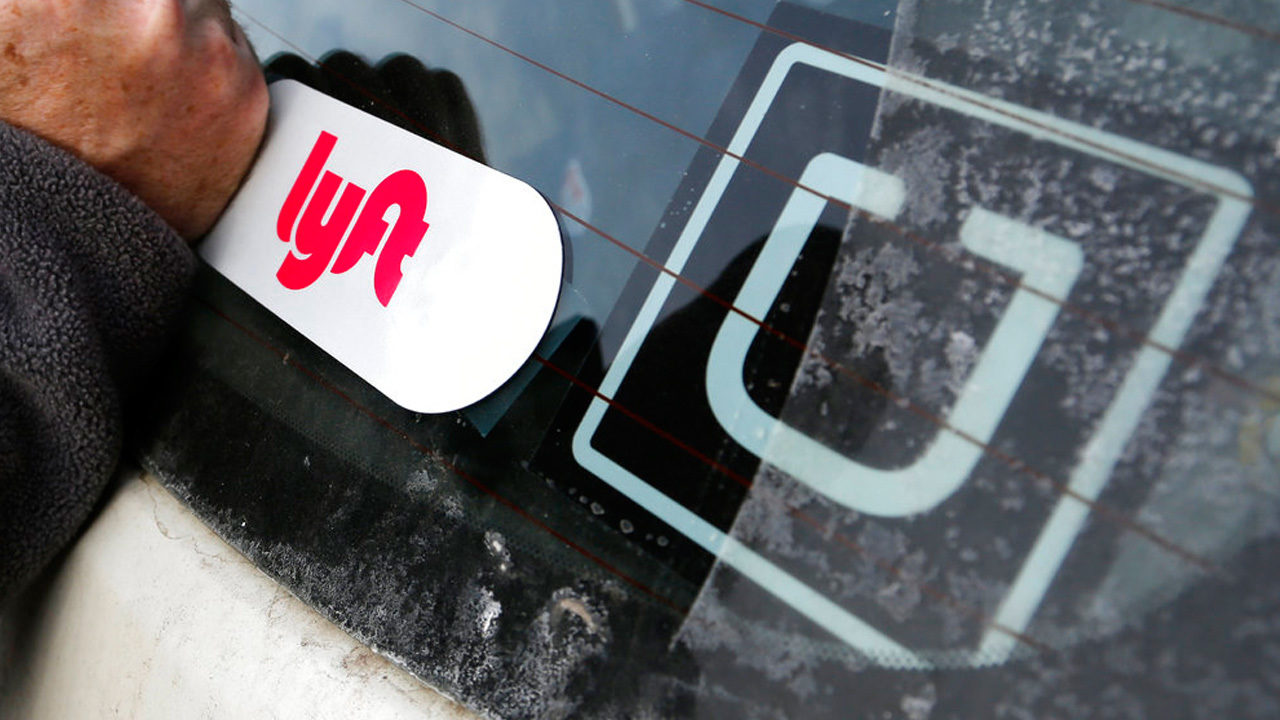
On Wednesday, the Senate moved a bill that would establish guidelines for advertising on Uber and Lyft vehicles.
Rep. Bob Rommel‘s bill (HB 1039) would allow illuminated and digitally operated advertisements on top of vehicles.
The House bill, already passed, moved in lieu of Sen. Jeff Brandes’ bill (SB 1352).
The chamber did not debate the legislation, and Brandes waived his close, leaving a dearth of quotable quotes here.
Signs can range from 20 inches to 54 inches with the condition that they don’t block the driver’s line of sight.
The signs can only be turned on while vehicles are in-service.
Non-profits and charitable organizations would have to be ceded 10% of the advertising space, which is barred from being used to advertise illicit products.
The bill would also clear the way for limousine companies to operate similarly to transportation network companies (TNCs) like Uber and Lyft and allow such companies to share the same regulations.
The bill had no resistance in the House.
In Senate committees, there was some thought that the bill may facilitate “visual pollution.”
“In some communities, I just don’t think it’s appropriate,” Sen. Audrey Gibson previously mused.
Transportation network companies are any business that provides prearranged rides, typically through the use of a mobile application. The bill does not address whether drivers working under a transportation network platform, who are typically independent contractors who use their personal vehicles, would have to agree to use the digital advertising in order to continue working for the company.
While the rideshare companies are typically thought of as those like Uber or Lyft, this bill more specifically targets an out-of-state company called Firefly that specializes in making the car billboards.
The bill passed 37-2, with Gibson opposing the proposal as she did in a committee earlier in the Session.
Also in opposition was Sen. Jose Javier Rodriguez, also a Democrat.
___
Florida Politics’ Janelle Irwin Taylor contributed to this post.



